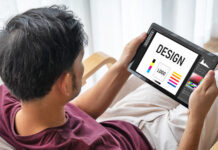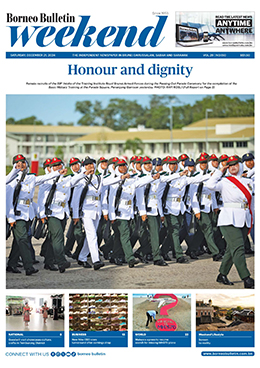There is no other way than a good communication between patients and doctors to make any medical consultation consequential. This is basic, not only within a consultation room, but beyond.
Often, when patients go home, they find themselves in a situation, such as in need of certain clarification on the medication prescribed, feeling unwell following release from the hospital, or after taking the prescribed medicine(s).
Hospitals, as I understand, have a system to help patients to reach out for help. The onus is on management to ensure any system in place works fully as intended, not the other way around, leaving patients frustrated through perpetually unanswered phone calls, buck-passing, or getting excuses for not knowing.
A good system provides services whereby people on the hospital end have creative accountability by owning their stances and make decisions.
It would be an anti-thesis to rely completely on recorded voice messages, making patients frantically asking around. The communication between a patient and the hospital ought – and should be – more tenable, focused, facilitated and consequential. Apart from telephone operator, helpline and one-way digital platform, hospitals should also consider a more focused, direct and interactive communication between their staff and the patients. This is already done at some clinical departments of a number of hospitals in the country but it has yet been adopted as the standard practice across the board.

A number of quarters may be hesitant to have a more direct interaction with their patients for the fear of drawing criticism. If so, it only reflects on their reactive tendency, a typical trait of a worker who doesn’t own, create and make their position work. If the root cause is low quality of service, more criticism leveled at it is to be expected. It is better to face the fact and improve the services provided than to dodge it and stay delusional.
By way of illustration, some clinical departments have WhatsApp groups that they use to coordinate with their patients regarding appointments and queries. This type of service is very direct, personalised and effective. If one is unwell, all he or she has to do is send a text message and receive a response in the form of an advice.
Conversely, if the person were to contact the helpful, no matter how prompt the service, it would take a lot of explaining and referencing because of the lack of familiarity with the patient, which tends to lead to the issue being put on hold, especially when the patient had been asked to look for an on-call doctor.
While this letter may come across as harping on various methods of communication that are already in place in the health system, there is nonetheless a need for a comprehensive method of communication that is both direct and interactive at the clinical level across the board to save patients from unnecessary hassle and anxiety.
Jerantut



















































